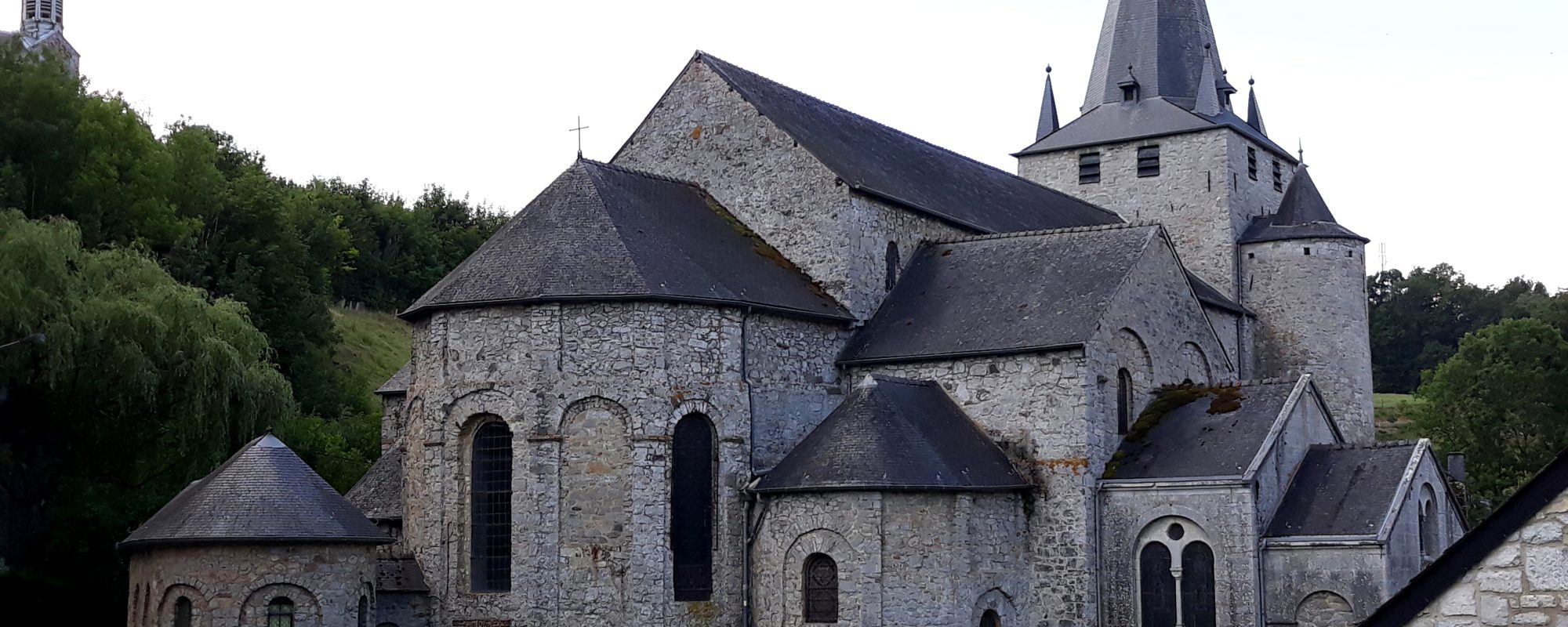
A pivotal part of historical community life, discover the religious heritage that unites our Beautiful Villages.

The homogeneity of the limestone exterior Vs an interior rich in architectural details - listed monument.

A religious building with medieval origins in the heart of the locality - Listed monument.
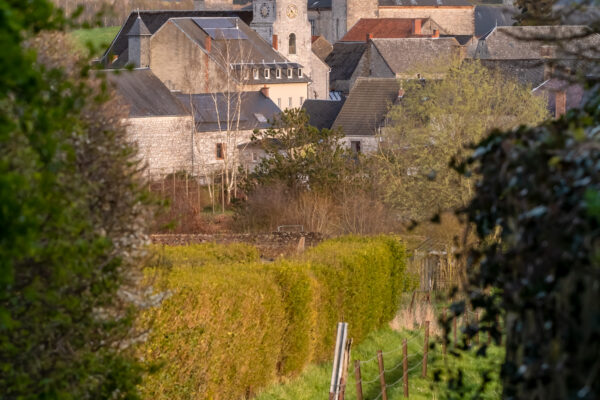
Située au cœur du village, l’église dédiée à saint Léger et édifiée en pierre calcaire a connu, au cours du temps, de nombreuses modifications.
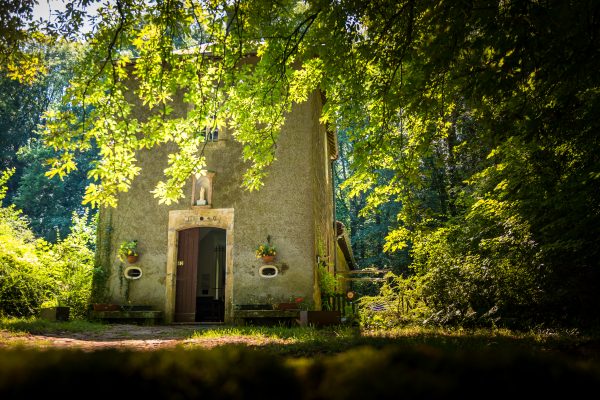
A chapel built in the aftermath of the plague epidemic of 1636 - Listed monument.
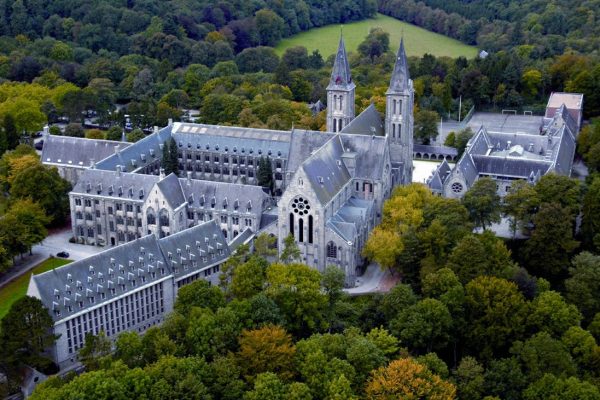
A prestigious monastery from which emanates plenitude, tranquillity and absoluteness. An architectural ensemble of great beauty to which one cannot remain indifferent... (Outside the village - 3 km).
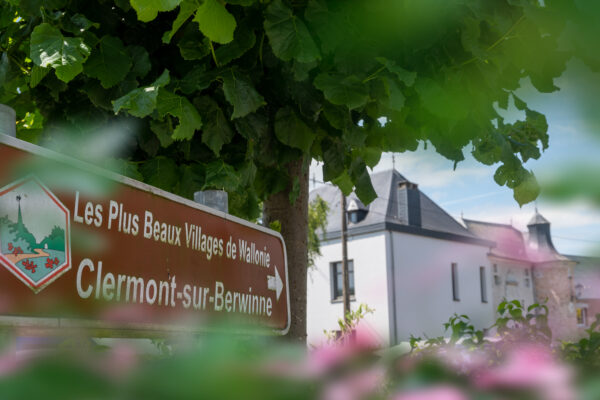
Fondée en 1216 par des moines cisterciens, l’abbaye Notre-Dame du Val-Dieu est un havre de paix au cœur du Pays de Herve. Elle se situe au centre du triangle Liège-Maastricht-Aix-la-Chapelle.

A Cistercian abbey whose origins date back to 1216 - Exceptional heritage of Wallonia (Outside the village).

At the end of the Austrian period, a house from 1790 with a Mansard roof
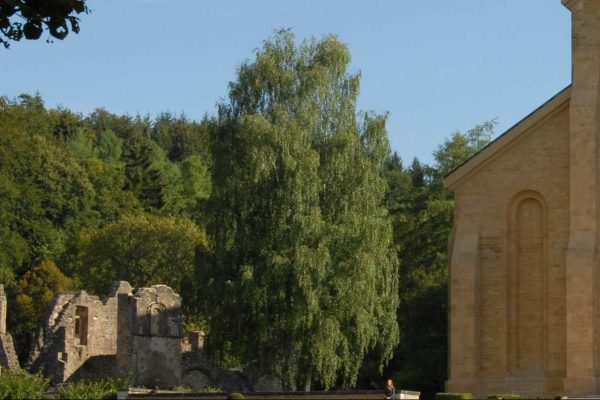
Centuries of history have enamelled the Notre-Dame d'Orval Abbey - Exceptional heritage of Wallonia (Outside the village - 13 km)
The association Les Plus Beaux Villages de Wallonie (The Most Beautiful Villages of Wallonia) oversees a network of 32 villages, bearers of a strong territorial identity and reflecting traditional architecture. It is committed to promoting the rural, cultural and natural heritage of Wallonia and is a part of the development of local and responsible tourism.
More information